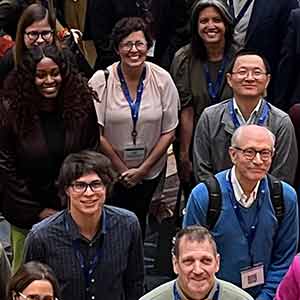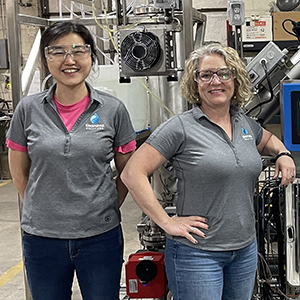At the 31st annual meeting of the International Society of Exposure Science (ISES), NIEHS researchers and grantees tackled topics ranging from health disparities to disaster response. The conference, which was held Aug. 30-Sept. 2, was funded in part by the institute.
Community engagement, racism, and environmental health issues among vulnerable individuals were the focus of the first day. Peggy Shepard, from WE ACT for Environmental Justice, opened the conference with a thoughtful presentation on the importance of strategic community-university partnerships to address local populations’ health concerns.
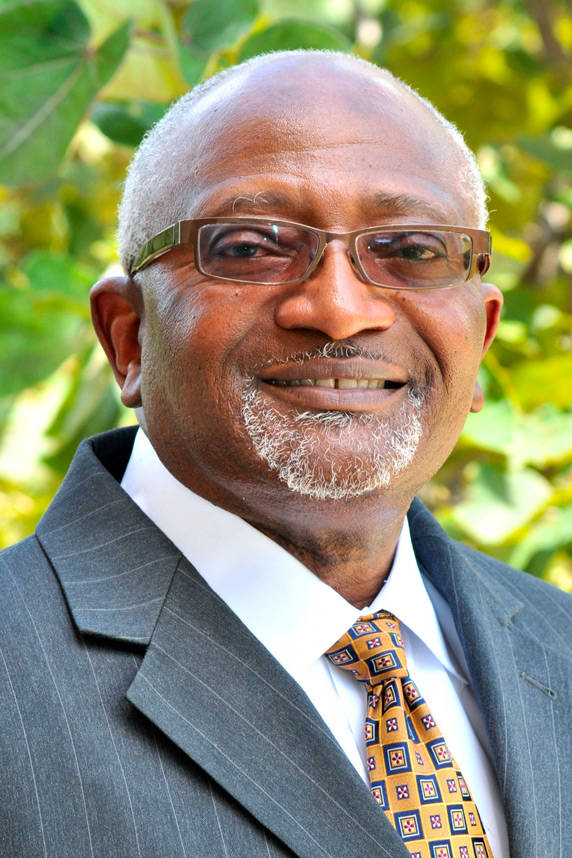 At Texas Southern University, Bullard is a Distinguished Professor of Urban Planning and Environmental Policy, and he directs the Bullard Center for Environmental and Climate Justice. (Photo courtesy of Robert Bullard)
At Texas Southern University, Bullard is a Distinguished Professor of Urban Planning and Environmental Policy, and he directs the Bullard Center for Environmental and Climate Justice. (Photo courtesy of Robert Bullard)Her talk was followed by a plenary session on health disparities research that featured remarks by NIEHS and National Toxicology Program Director Rick Woychik, Ph.D. Other participants included Patrick Breysse, Ph.D., from the Centers for Disease Control and Prevention; Annette Guiseppie-Eli, Ph.D., from the U.S. Environmental Protection Agency; and Paul Schulte, Ph.D., from the National Institute for Occupational Safety and Health. Liam O’Fallon, from the NIEHS Population Health Branch, organized the event.
Moderator Robert Bullard, Ph.D., a professor at Texas Southern University who is known as the father of environmental justice, asked participants how their agencies have addressed health disparities and related problems.
Expanding health disparities research
“NIEHS has had a longstanding focus on environmental justice,” said Woychik. “It is part of the fabric of what we do. We recognize that environmental health disparities are more likely to occur in communities where there is low socioeconomic status, limited access to healthcare, proximity to multiple sources of pollution, and lack of environmental health literacy.”
Those factors and related issues are foremost on the minds of leaders across the National Institutes of Health (NIH), according to Woychik. He said that at NIEHS, significant emphasis is placed on studying the totality of exposures that individuals may experience in life — including pollution in underserved communities and the psychosocial stress that can result from racism.
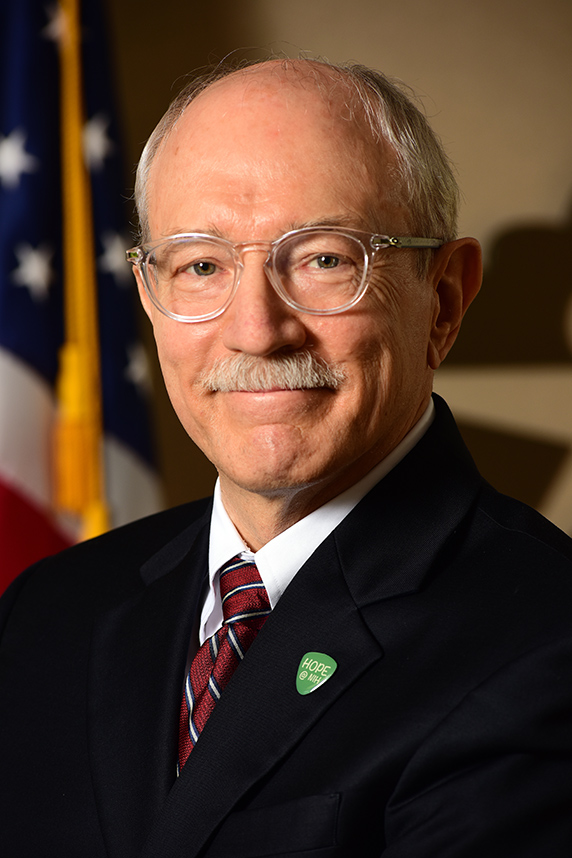 Earlier this year, Woychik spoke with Bullard about environmental justice and health disparities as part of the NIEHS Director’s Corner series. (Photo courtesy of Steve McCaw / NIEHS)
Earlier this year, Woychik spoke with Bullard about environmental justice and health disparities as part of the NIEHS Director’s Corner series. (Photo courtesy of Steve McCaw / NIEHS)Woychik noted that beyond expanding health disparities research, NIEHS has joined the NIH UNITE initiative, which was established to address racism in the scientific community and enhance workforce diversity. In addition, a special working group that focuses on anti-racism, diversity, equity, and inclusion was created by the NIEHS scientific advisory council. The institute also will carefully examine inequities in research funding that exist among certain racial and ethnic groups.
Diversifying exposure science
Reducing health disparities requires incorporating new research approaches and perspectives, according to several NIEHS grantees. Karletta Chief, Ph.D., from the University of Arizona; Tamarra James-Todd, Ph.D., from Harvard University; and Ami Zota, Ph.D., from George Washington University offered several recommendations, such as the following.
- Include more diverse populations in research studies.
- Partner with community organizations.
- Conduct solutions-oriented research.
- Move beyond descriptive research to integrate and test multiple interventions.
- Incorporate social science techniques, such as in-depth interviews.
- Translate research findings out to the public.
- Offer concrete steps that individuals can take to improve their health.
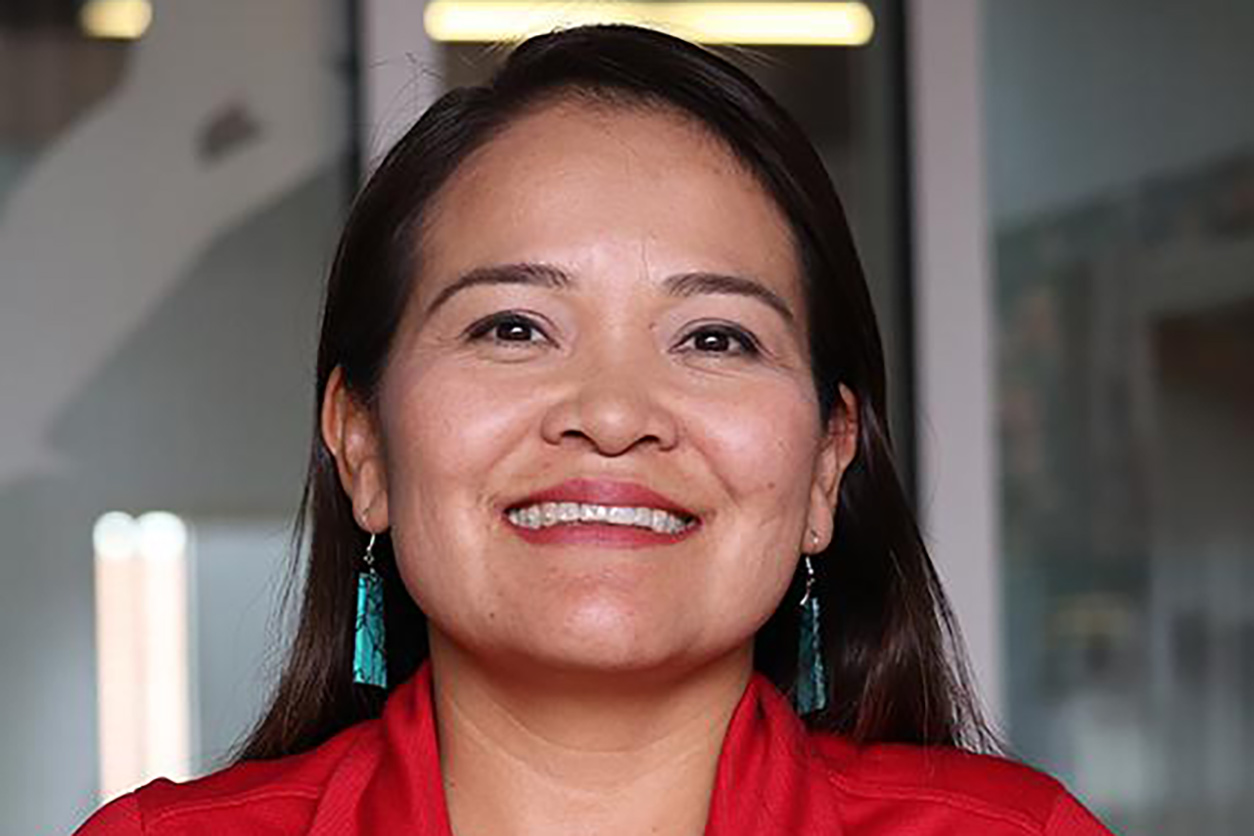 Chief heads the Community Engagement Core at the University of Arizona Superfund Research Center, which is supported by NIEHS. (Photo courtesy of the University of Arizona)
Chief heads the Community Engagement Core at the University of Arizona Superfund Research Center, which is supported by NIEHS. (Photo courtesy of the University of Arizona)Tackling drinking water contamination
Federal efforts to bolster research into drinking water contaminants of emerging concern were discussed by Christopher Weis, Ph.D., NIEHS senior advisor and toxicology liaison. Such contaminants include materials that may harm human health or the environment, and for which there is no national primary drinking water regulation. The materials may be physical, chemical, biological, radiological, or nuclear substances.
Weis’s co-chair, Guiseppi-Elie, Ph.D., provided an update about the ongoing development of the National Emerging Contaminants Research Initiative. The collaborative project includes co-chair Katherine Tyner, Ph.D., from the White House Office of Science and Technology Policy, and representatives from 11 other federal agencies. The goal is to bring together those agencies and scientists to identify new drinking water contaminants, characterize exposures, research improved communication tools, and assess effects on human and environmental health.
Enhancing disaster response efforts
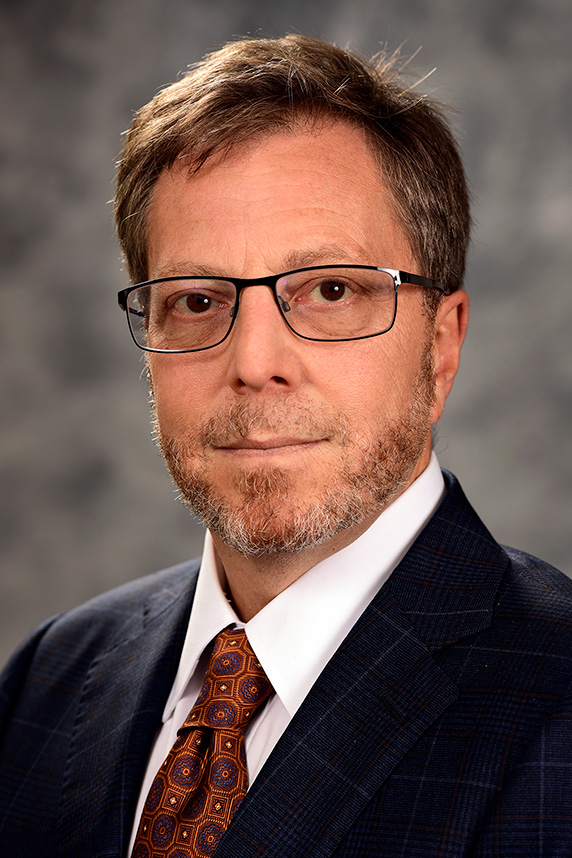 Miller has helped to coordinate large-scale responses to disasters and crises such as hurricanes, the H1N1 influenza pandemic, and the World Trade Center and anthrax attacks, among many others. (Photo courtesy of Steve McCaw / NIEHS)
Miller has helped to coordinate large-scale responses to disasters and crises such as hurricanes, the H1N1 influenza pandemic, and the World Trade Center and anthrax attacks, among many others. (Photo courtesy of Steve McCaw / NIEHS)NIEHS Disaster Research Response (DR2) Program Director Aubrey Miller, M.D., demonstrated new DR2 resources and how they can be applied to a variety of public health crises, including the COVID-19 pandemic. The program launched an online portal(https://tools.niehs.nih.gov/dr2/) this summer to equip scientists and public health officials with more than 500 curated tools. Those include questionnaires, surveys, guidance documents, data dictionaries, and more.
Miller and NIEHS colleagues O’Fallon and Yuxia Cui, Ph.D., from the institute’s Exposure, Response, and Technology Branch, served on the conference planning committee. The next ISES meeting will be held Sept. 25-29, 2022, in Lisbon, Portugal.
(Jennifer Harker, Ph.D., is a technical writer-editor in the NIEHS Office of Communications and Public Liaison.)








